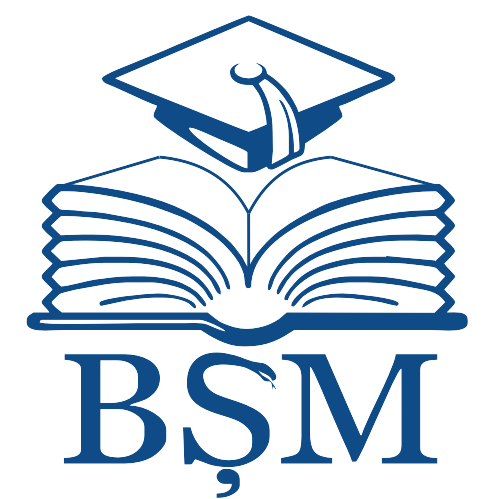|
|
- IRMS - Nicolae Testemitanu SUMPh
- 1. COLECȚIA INSTITUȚIONALĂ
- MATERIALE ALE CONFERINȚELOR ȘTIINȚIFICE
- The 19th Edition of the South-East European Ophthalmological Society Congress. October 18-19th, 2024, Chisinau, Republic of Moldova
- The 19th Edition of the South-East European Ophthalmological Society Congress Abstract book. October 18-19th, 2024, Chisinau, Republic of Moldova
Please use this identifier to cite or link to this item:
http://hdl.handle.net/20.500.12710/30351
| Title: | Features of microsurgical treatment in patients with pterygium |
| Authors: | Fandofan, Victoria
Bozul, Uliana-Ariadna
Jeru, Ion |
| Issue Date: | 2024 |
| Publisher: | CEP Medicina |
| Citation: | FANDOFAN,Victoria; BOZUL, Uliana-Ariadna; JERU, Ion. Features of microsurgical treatment in patients with pterygium. In: The 19th SEEOS Congress: abstract book, Oct. 18-19th, 2024 / org. commit.: Eugeniu Bendelic [et al.]. Chişinău: CEP Medicina, 2024, p.24. ISBN 978-9975-82-393-7. |
| Abstract: | Introduction: Pterygium is clinically manifested by a triangular fold of the bulbar
conjunctiva with the base towards the semilunar fold and the tip towards the
cornea. The etiology and pathogenesis of pterygium is unknown. It would result
from a corneo-conjunctival epithelial alteration, associated with a proliferation of
fibrinogen tissue, progressing between the epithelium reduced to a few layers of
cells and the perforated Bowman's membrane.
Aim: To assess the effectiveness of a modified method in the treatment of
pterygium,stage II.
Objectives:
1. To determine the effectiveness of the modified method using the free
conjunctival flap plus subconjunctival administration of 5-FU (fluoruracil) in the
treatment of patients with pterygium.
2. To appreciate the benefits of the modified method depending on the
addressability of patients with pterygium.
Materials and methods: The study included 8 patients (4 men and 4 women) with
pterygium aged 20-71 years who underwent pterygium removal according to a
modified method. Thus, during the surgical intervention, a movable, free,
rectangular flap with sides 5 x 3 mm was prepared inferiorly paralimbally, which was
fixed conjunctivally paralimbally, nasally in the area of the body of the pterygium
translocated to the superior or inferior fornix plus subconjunctival administration of
5-FU . It is important to position the formed conjunctival flap with a limbal
orientation.
Discussions: The postoperative recovery was fast, but for several days after the
operation the globe was hyperemic, irritating the suture fibers used to fix the
conjunctival autograft. Antibiotic and anti-inflammatory in the form of eye drops are
needed. Thus, in all patients, 3 months after the microsurgical intervention, no signs
of recurrence of the operated pterygium were detected. In 2 late-presenting
patients, the pterygium was extended onto the cornea, resulting in deep scarring.
As a consequence, the radius of corneal curvature was changed with the decrease
in visual acuity in the postoperative period. This is why surgery for pterygium should
not have been delayed.
Conclusions:
1. The microsurgical method proposed for the treatment of pterygium is safe and
effective, determining the lack of recurrence in the postoperative period.
2. Microsurgical intervention based on pterygium should be performed as early as
possible. |
| metadata.dc.relation.ispartof: | The 19th Edition of the South-East European Ophthalmological Society Congress. October 18-19th, 2024, Chisinau, Republic of Moldova |
| URI: | https://repository.usmf.md/handle/20.500.12710/30351 |
| ISBN: | 978-9975-82-393-7 |
| Appears in Collections: | The 19th Edition of the South-East European Ophthalmological Society Congress Abstract book. October 18-19th, 2024, Chisinau, Republic of Moldova
|
Items in DSpace are protected by copyright, with all rights reserved, unless otherwise indicated.
|


